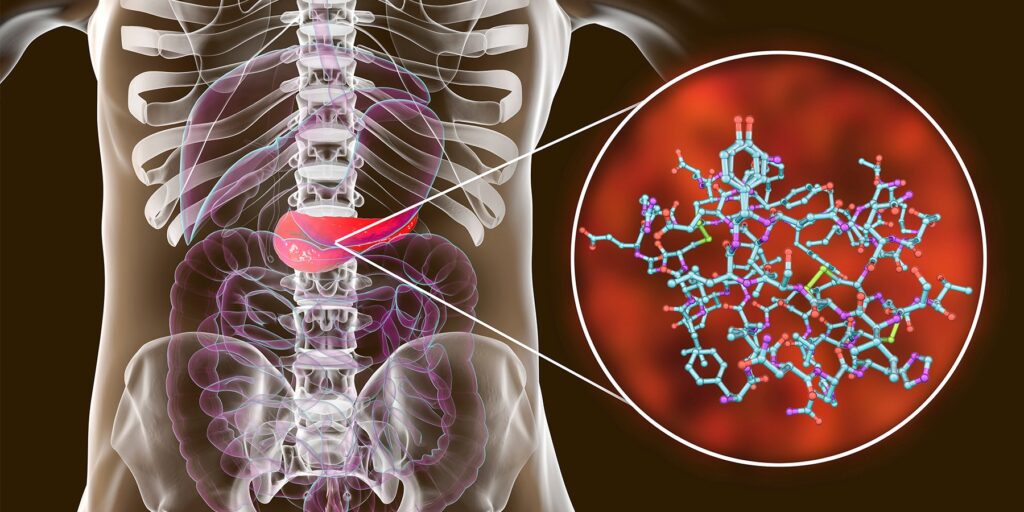New research shows that an oral drug (not yet available to humans) can both restore normal blood sugar levels and eliminate the immune system attack that causes most cases of type 1 diabetes.
Type 1 diabetes begins when a person's immune system attacks and destroys beta cells in the pancreas. These crucial cells are responsible for producing insulin, the hormone that converts glucose into energy, and as such patients require insulin injections several times a day.
The research was published in the journal Nature Biomedical Engineering.
An insulin pill for diabetes
It would be great to be able to take insulin by mouth, but it is destroyed in the stomach before it reaches the bloodstream. This is why many scientists experiment with the most disparate methods to make it survive the transit: protective coatings, capsules with microneedles, nanorobots that release the substance only when glucose levels are high. Years ago someone even tried to search alternative substances.
For the new study, Yale scientists developed a new nanoparticle envelope: not only can it transport insulin to the pancreas safely, but it is itself beneficial to the body. It is made of ursodeoxycholic acid, a bile acid produced naturally in the body, which the researchers polymerized. This helps it to bind better to receptors in the pancreas, improving metabolic functions and most importantly, also reducing rogue immune cells that destroy beta cells.

Double action
“It excites me that it's a two-pronged approach,” he says Tarek Fahmy, corresponding author of the study. “It facilitates normal metabolism and corrects long-term immune defects. Not only are insulin levels maintained, but the disease is actually being treated. "
The team tested the nanoparticles in mice with type 1 diabetes. The result? They worked to improve insulin levels, while the bile acid nanoparticles reduced inflammation and restored metabolic function. The team also found that insulin delivered through oral capsules worked about seven times faster than that delivered through standard subcutaneous injection. Importantly, similar results were also seen in pig tests. We are at the antechamber of human tests.
The potential is also huge for other diseases: cancer, allergies, infections.


